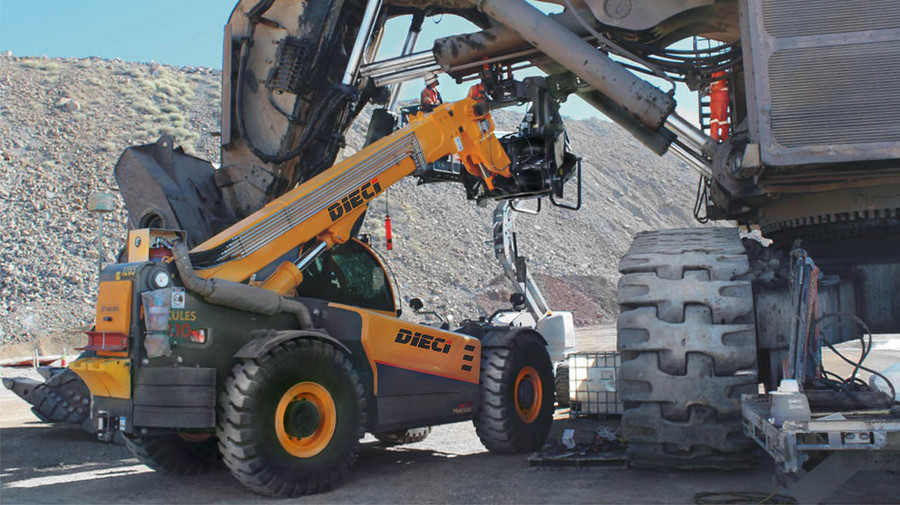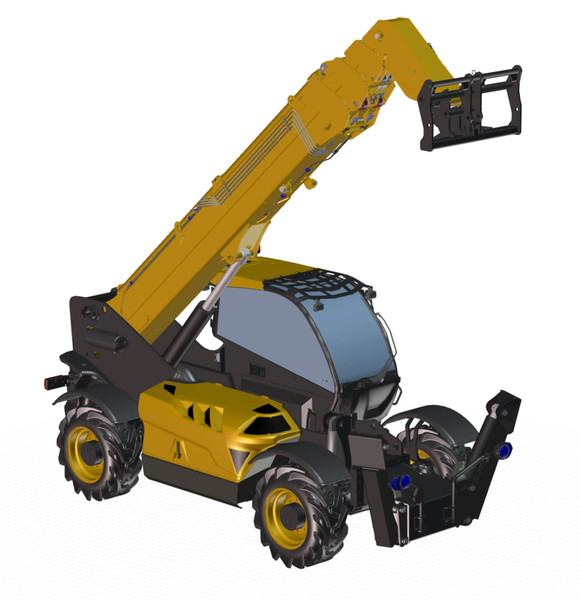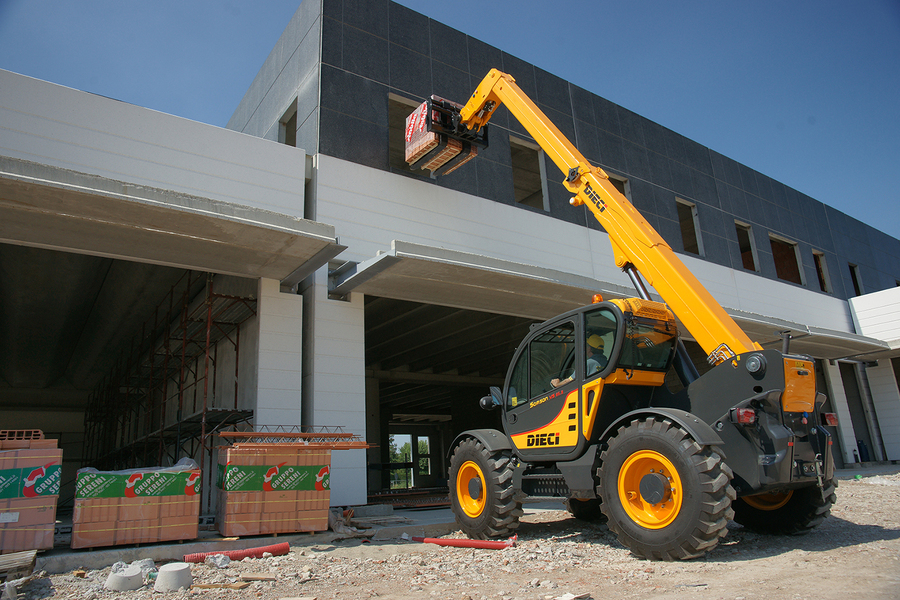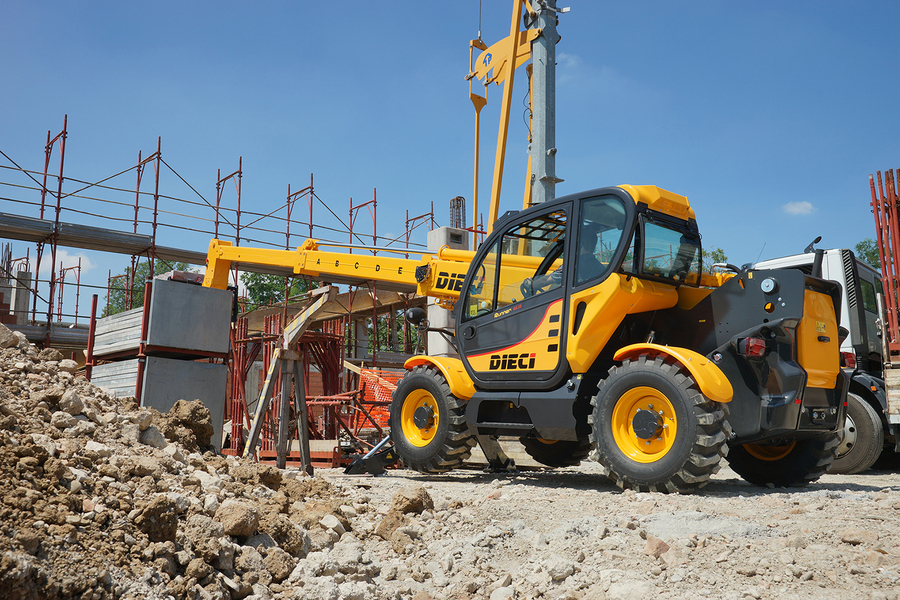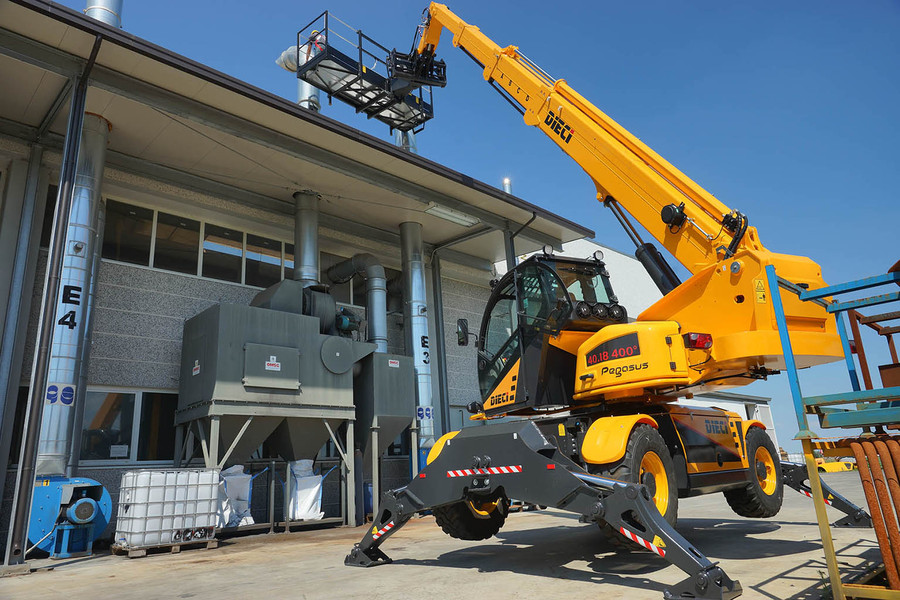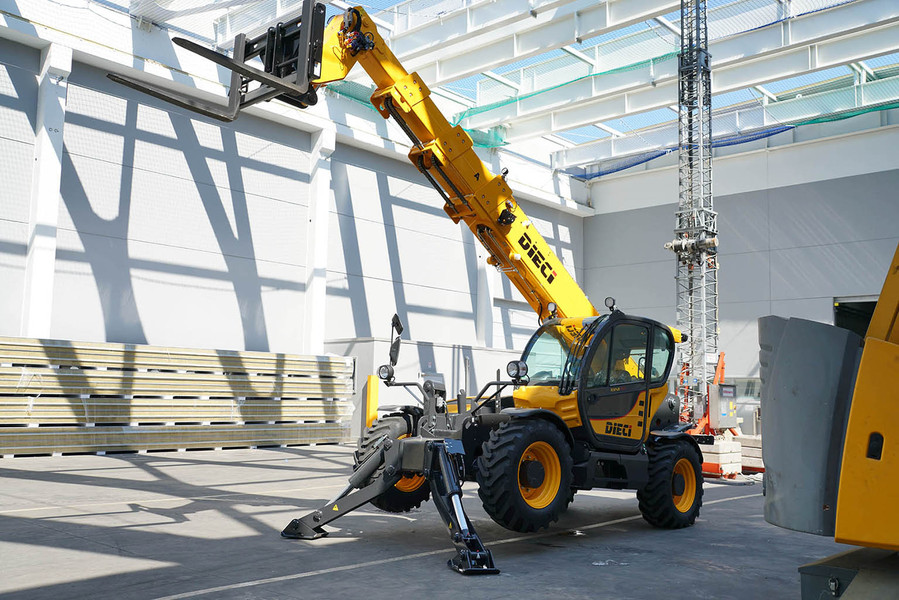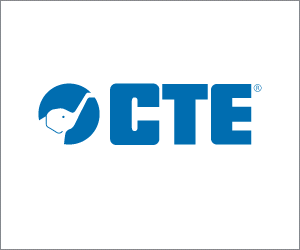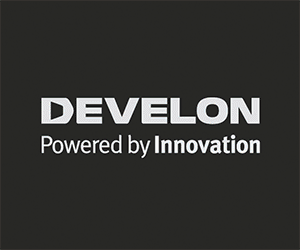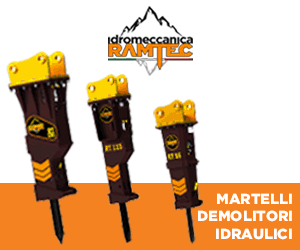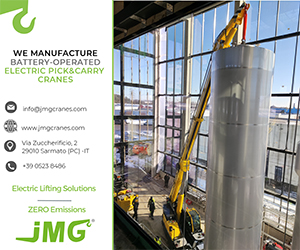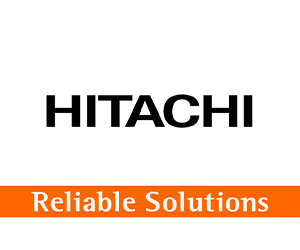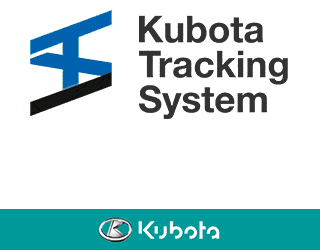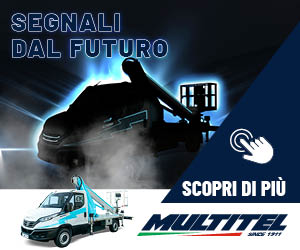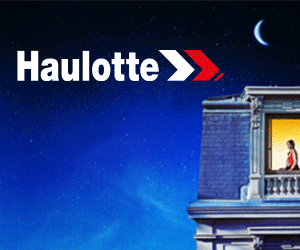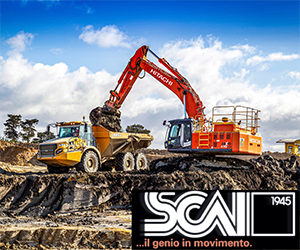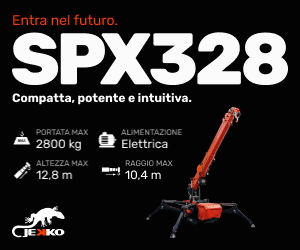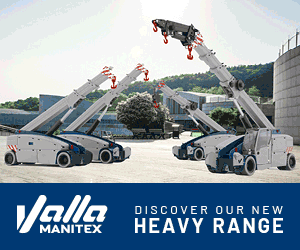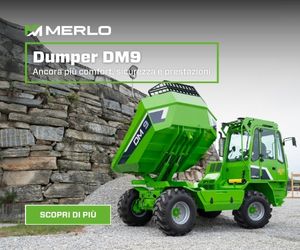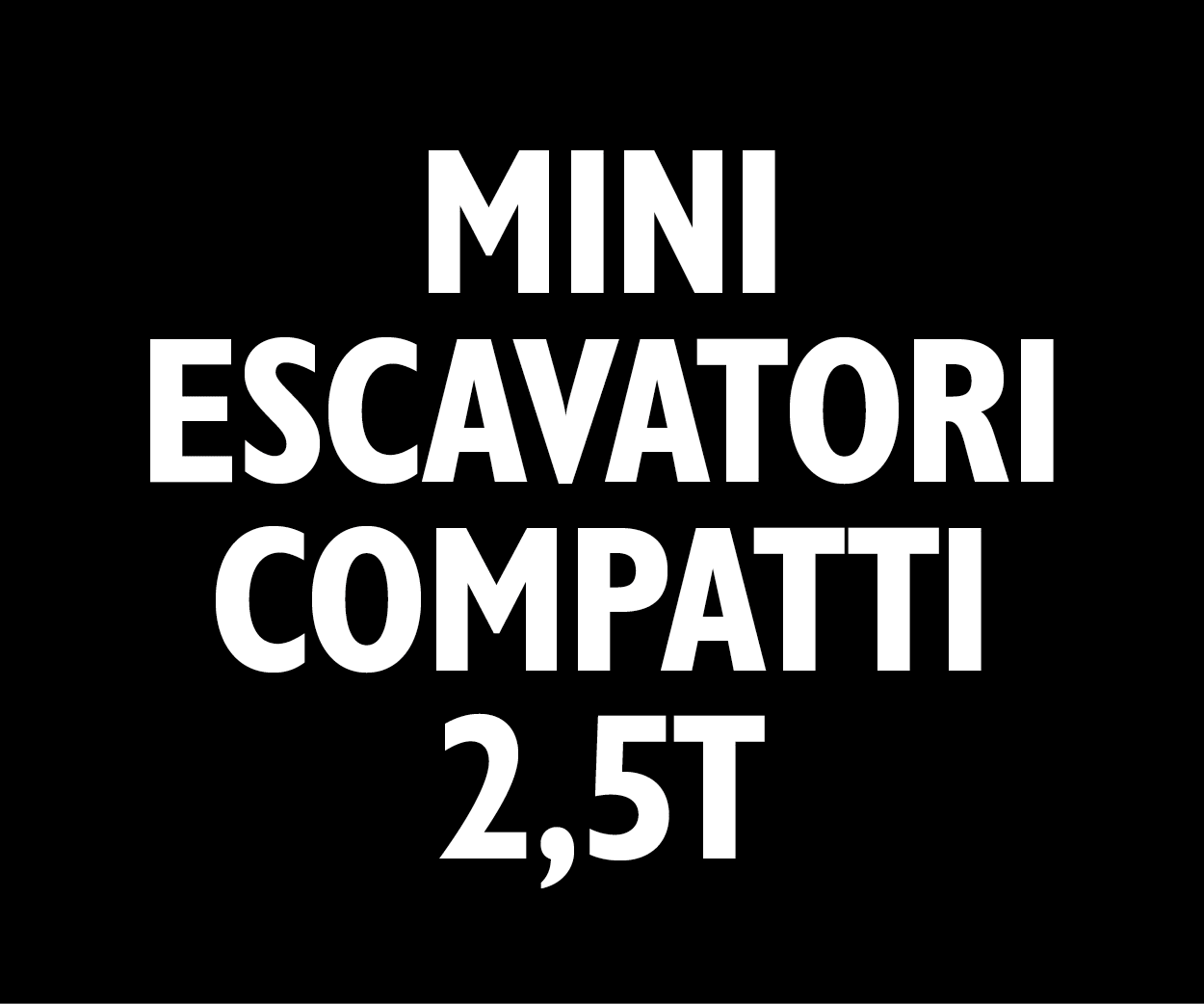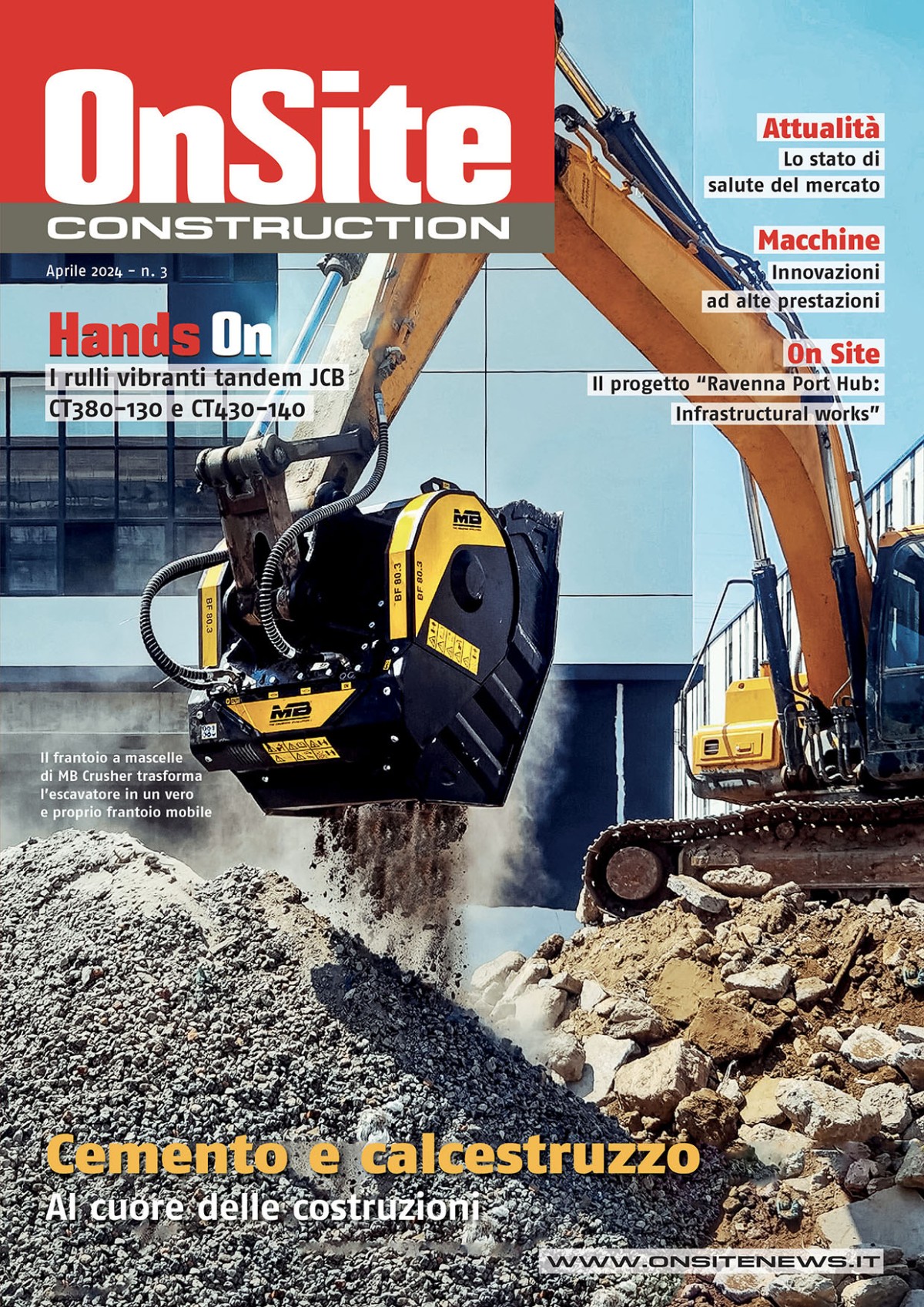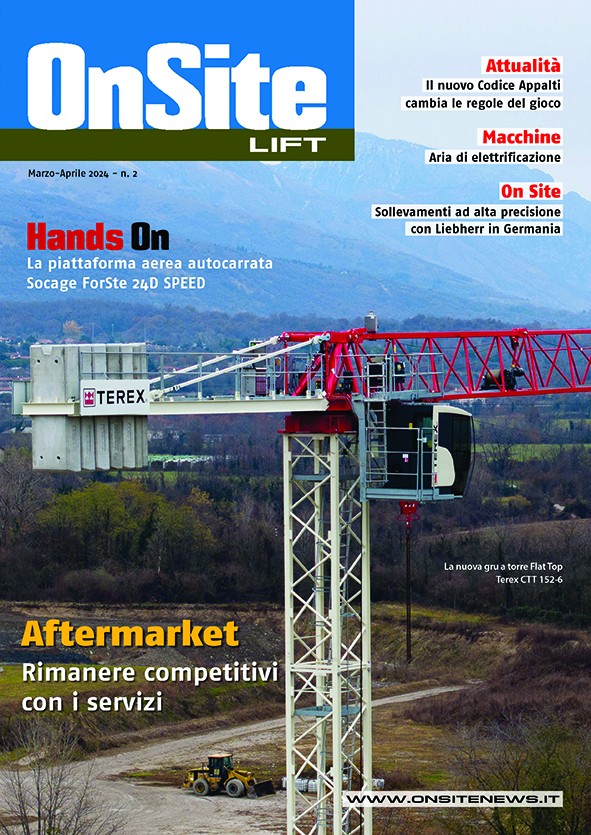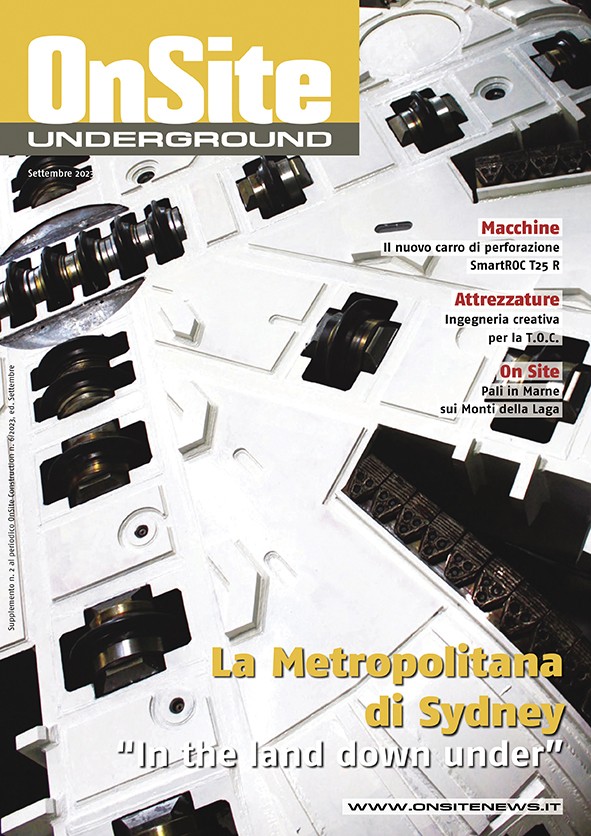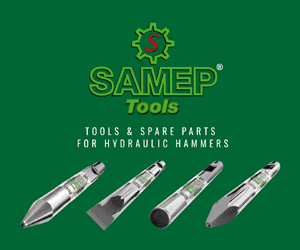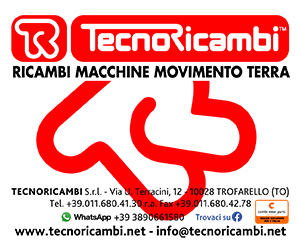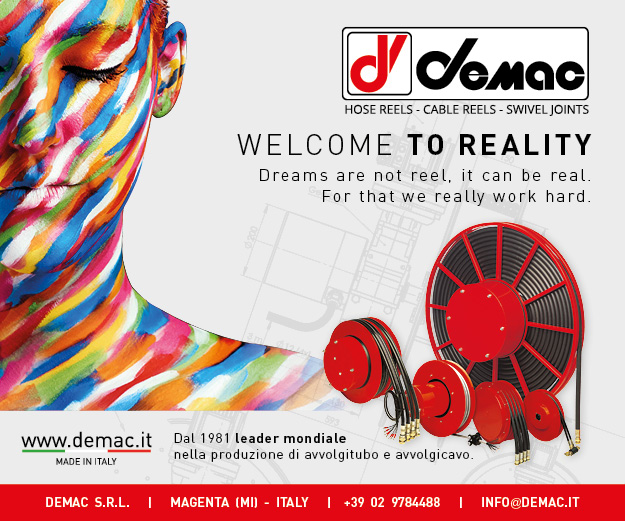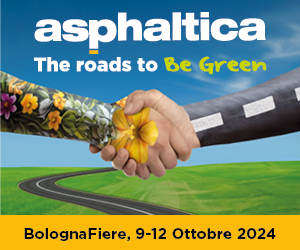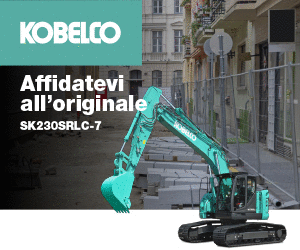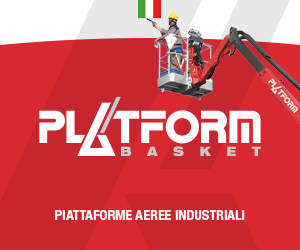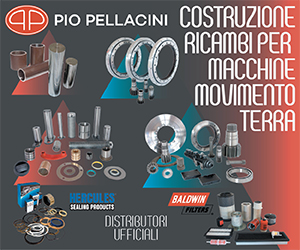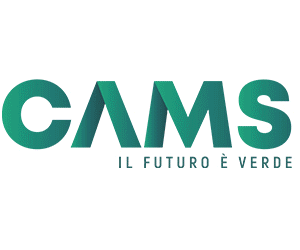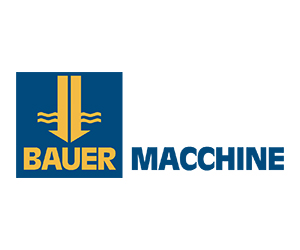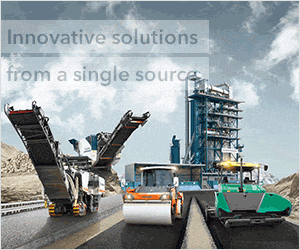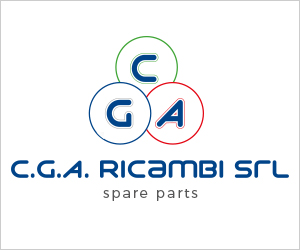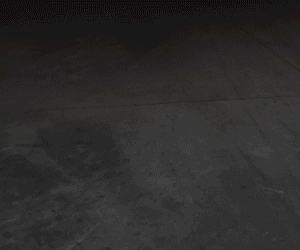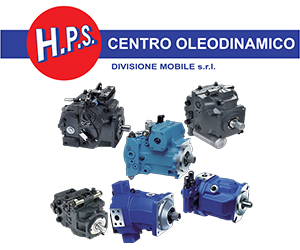Home \ International \ New Dieci Icarus 50.18 and Pegasus 50.26 to be unveiled at Intermat
New Dieci Icarus 50.18 and Pegasus 50.26 to be unveiled at Intermat
20/04/2018
Pubblicato da Redazione
Dieci will be at the Paris Intermat show with the top models in its range of telehandlers and vehicles for the construction sector: Hercules 120.10, Pegasus 40.18 and 45.30, the L4700 truck mixer, Samson 65.8, Zeus 38.10, Runner 40.13, Icarus 40.17 and Ap
Dieci will be at the Paris Intermat show with the top models in its range of telehandlers and vehicles for the construction sector: Hercules 120.10, Pegasus 40.18 and 45.30, the L4700 truck mixer, Samson 65.8, Zeus 38.10, Runner 40.13, Icarus 40.17 and Apollo telehandlers. Also, two major new products will be unveiled for the first time in Paris: Icarus 50.18 and Pegasus 50.26.
Icarus 50.18: development aims
Dieci has many years of experience in building vehicles mainly developed for the European market, with a special vocation for construction and material handling applications. The evolution of construction technology on the work site is causing a shift in the needs of customers, who are seeking greater productivity from their equipment and hence a reduction of operating costs. That's why Dieci's product offering is continuously evolving, keeping up with emerging requirements with new models to complete the range and update the existing product families. The latest model under development at Dieci reaffirms the goal of increasing the loading capacity and lifting height of the range of Fixed Telehandlers, arriving at an impressive 5 tonnes and 18 metres.
Project technical description
To reduce operating costs and optimize productivity, vehicles must be able to handle different jobs on the same work site. Essentially, the equipment needed must consist of extremely rugged vehicles with exceptional loading capacities in all operating conditions, with boom retracted or extended.
A high level of reliability, ease of use and simplicity of maintenance are the three essential prerogatives to keep costs down. On the other hand, the rentals market is increasingly gaining ground also in Europe, leading to the critical need for users to receive equipment that is straightforward and intuitive to use, while guaranteeing the maximum safety at all times. The new Icarus 50.18 is designed to tick all of these boxes. This vehicle can lift 5000 kg and reach heights of up to 18 m. It weighs in at 14500 kg and is driven by an 85.1 kW@2200 rpm Kubota engine that complies with Stage 4 emission limits. The chassis of the new machine has been completely re-designed, applying several new concepts oriented toward a modular style development of Dieci's new vehicles. Designing new models in accordance with a modular concept allows Dieci to use the same functional subassemblies on vehicles from different families, guaranteeing a high level of standardization of components with resulting gains in terms of reliability, reduced costs, simplified maintenance and shorter time to market.
In terms of modularity, the new Icarus 50.18 uses the following parts: the engine bay already developed for the Agrifarmer Stage 4 family, with a longitudinally mounted 85.1 kW Kubota engine and a DOC+DPF+SCR exhaust gas treatment system, the cab unit developed with Giugiaro Design, and the tanks already fitted to the Agrimax Stage 4 family; also, the boom assembly is derived from the equipment installed on the high-performance Pegasus range. The transmission is hydrostatic with full electronic control and management software developed in house by the Dieci R&D team: this has made it possible to obtain advanced management functions for the boom, vehicle, diesel engine, transmission and exhaust gas treatment system to guarantee low fuel consumption, high efficiency, optimized output, and the maximum safety in all conditions of use of the vehicle. For example, the ECO function allows the vehicle to travel at top speed with the engine running at just 1900 rpm, with automatic management by the vehicle's electronic control unit in accordance with the power required by the operator. There's also the DPF regeneration strategy, which has been completely updated (thanks to a project conducted in synergy by Dieci and Kubota) to make it automatic and completely masked for the operator, who can continue to use the vehicle without any loss of productivity while regeneration is in progress.
Pegasus 50.26
Among Dieci vehicles, the Pegasus range is the ultra-high tech line. Pegasus models are available with lifting heights from 16 to 30 metres and loading capacities from 3.8 t to 6 t. In the drive to meet and surpass the expectations of our customers we decided to extend the range by developing a model with 26 metre lifting height combined with the new electronically managed Final Tier 4/Stage IV engines in compliance with the latest European and US emission regulations.
Project technical description
As for the existing Pegasus models in the range, we have maintained “full-electronics” management with CAN BUS technology, exploiting many components that have already been used on our other models to facilitate development of the vehicle management software.
The vehicle is driven by a 4.5 litre diesel engine with a maximum power rating of 127 kW. FPT's NEF N45 Turbo Common Rail engine, in compliance with Final Tier 4/Stage IV emission regulations, makes it possible to combine lively performance and fast response to operator commands with reliability, simple maintenance and excellent fuel economy.
The completely new electronically controlled hydrostatic transmission makes for top speeds of up to 40 km/h with absolute safety and precision control also of low speed travel movements. The transmission is combined with a separate inching pedal, likewise electronically controlled, and a servocontrolled two-speed work/travel mechanical gearbox.
Boom, turret and outrigger movements are controlled by a pair of joysticks with a capacitive deadman sensor to maximize operator comfort and safety. The joysticks are connected to a load-sensing flow-sharing control valve supplied by a piston pump, via a sophisticated electronic controller that performs closed-loop monitoring at all times to ensure congruence between the operator commands and the response of the vehicle. The in-cab instrumentation is complete with two TFT displays with 3.5” and 7” screen sizes and an icon-based graphic interface for more intuitive comprehension and fuller and more detailed information on the vehicle's working conditions.
To reach a lifting height of 26 metres we designed a new boom from scratch, with 4 sections that extend simultaneously and proportionally. The exceptionally rigid high-spec boom ensures remarkable precision of movements and elevated loading capacity. The cross-sections of the various parts of the boom have been optimized for the application. The chassis and turret are derived from Pegasus 45.30, the flagship vehicle in the Dieci range, providing the 50.26 with top-of-class lifting performance throughout the whole capacity diagram and in all outrigging configurations. The vehicle is equipped as standard with a radio remote control system, provision for work platform and automatic attachment recognition system that adapts the machine automatically to suit the attachment mounted, thus preventing possible operator errors when selecting the working configuration.
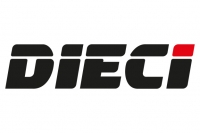
Ultime notizie di Dieci
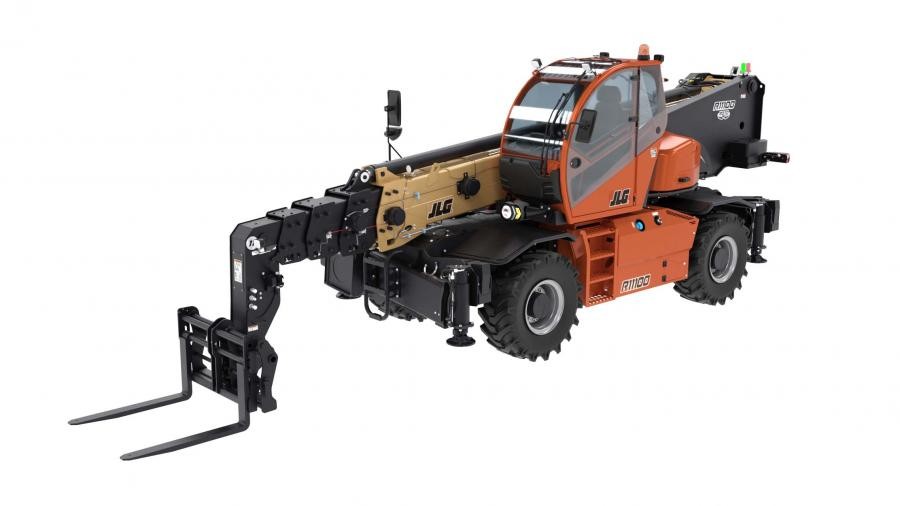
Lifting
05/10/2021
Dieci announces private label agreement with JLG Industries Inc.
Dieci announces private label agreement with JLG Industries...
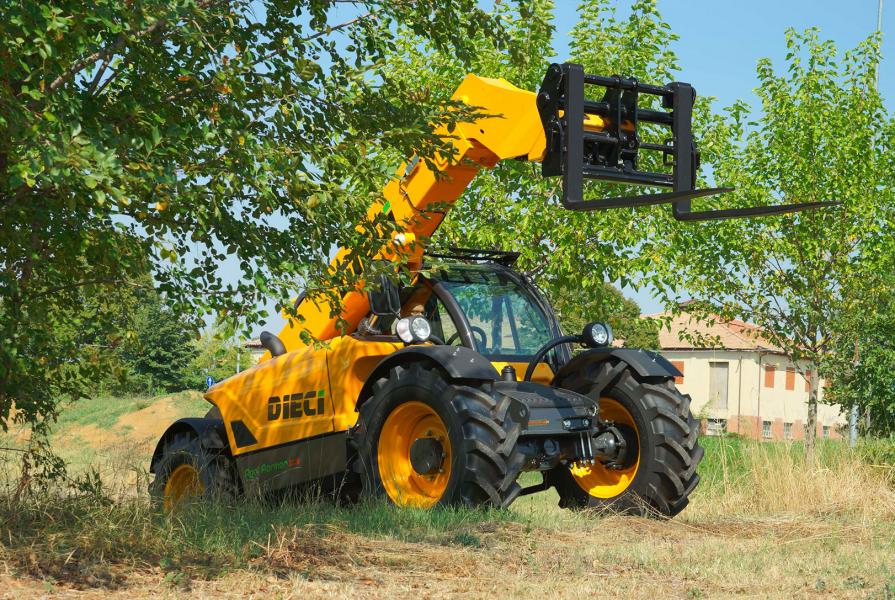
29/11/2018
Dieci at EuroTier 2018
Dieci is participating in EuroTier 2018 and presenting its b...
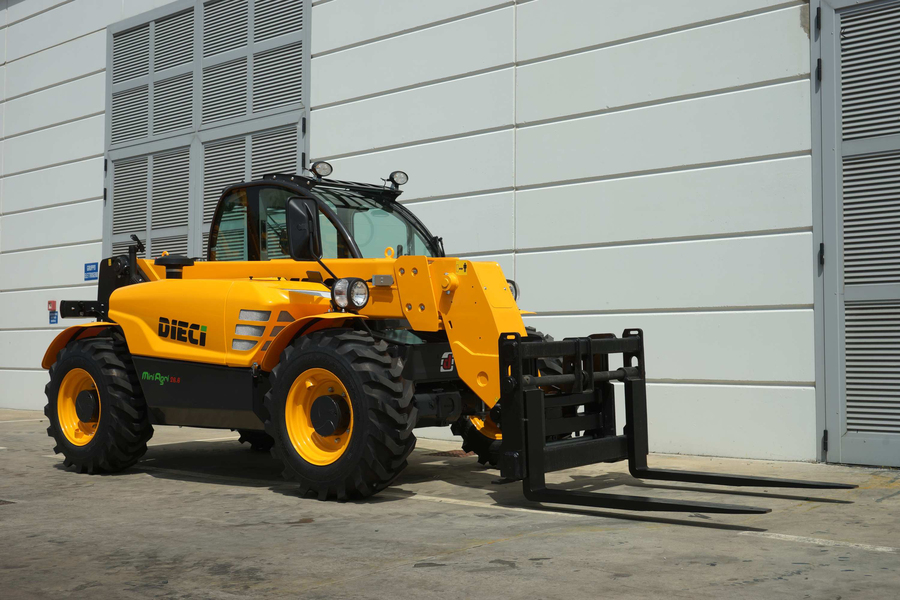
10/11/2017
Dieci: new cabs at Agritechnica
At Agritechnica, the international agricultural machinery ex...
Altri International
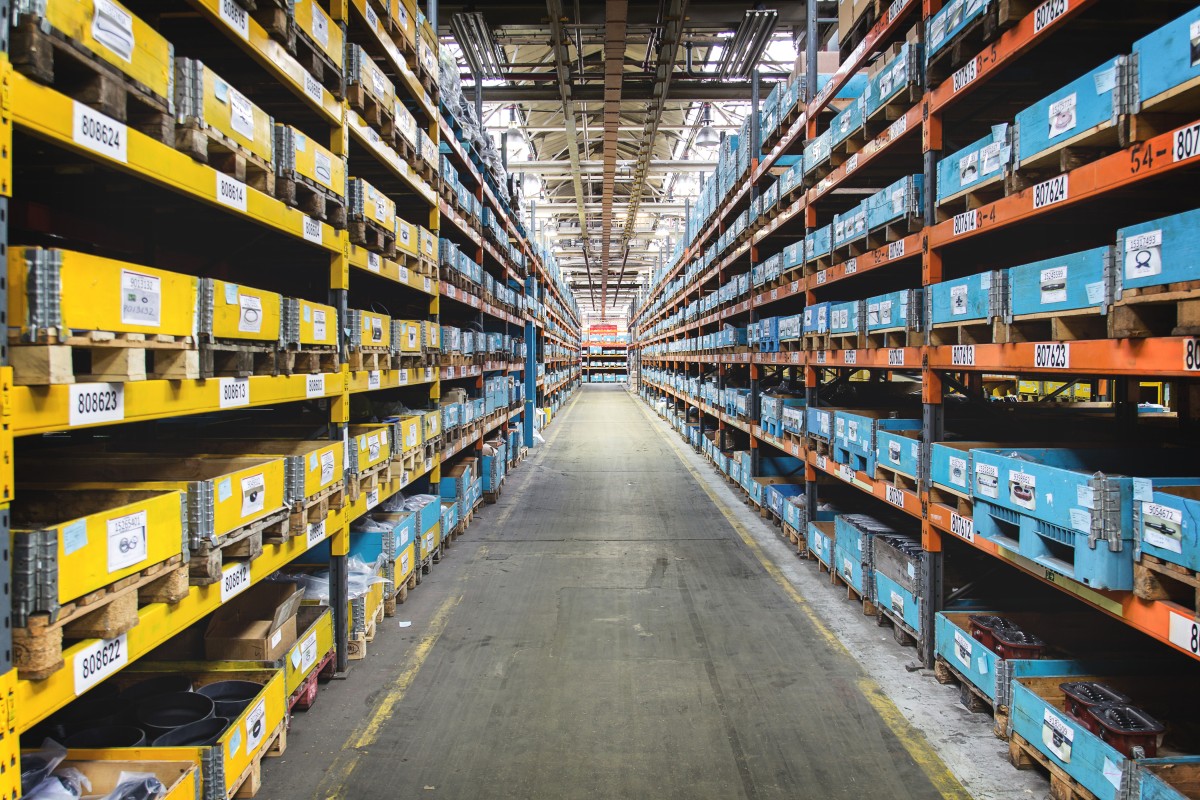
International
25/04/2024
Genuine parts ensure articulated hauler quality and uptime
The importance of good quality, reliable parts when maintain...
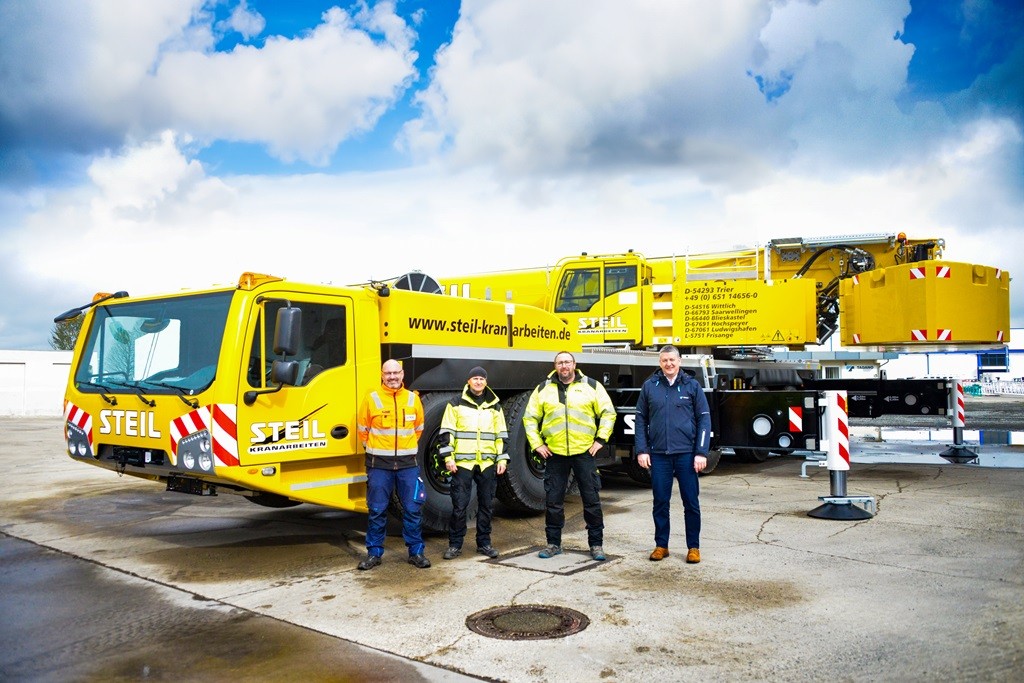
International
25/04/2024
Steil takes delivery of new Tadano AC 6.300-1 all terrain crane
Steil takes delivery of new Tadano AC 6.300-1 all terrain cr...
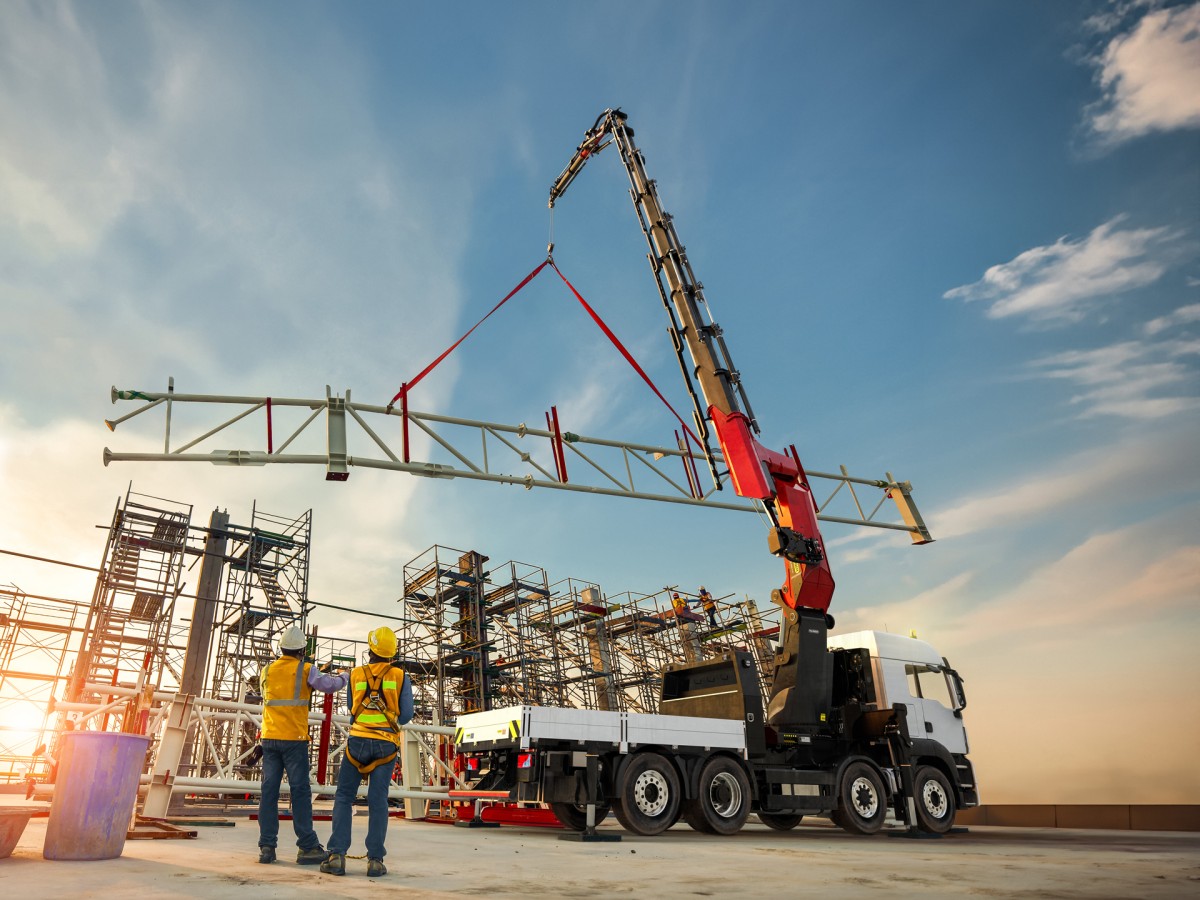
International
24/04/2024
New Palfinger's TEC Heavy-Duty Cranes Set Standards in Power & Precision
The new Palfinger PK 1350 TEC and PK 1650 TEC heavy-duty cra...
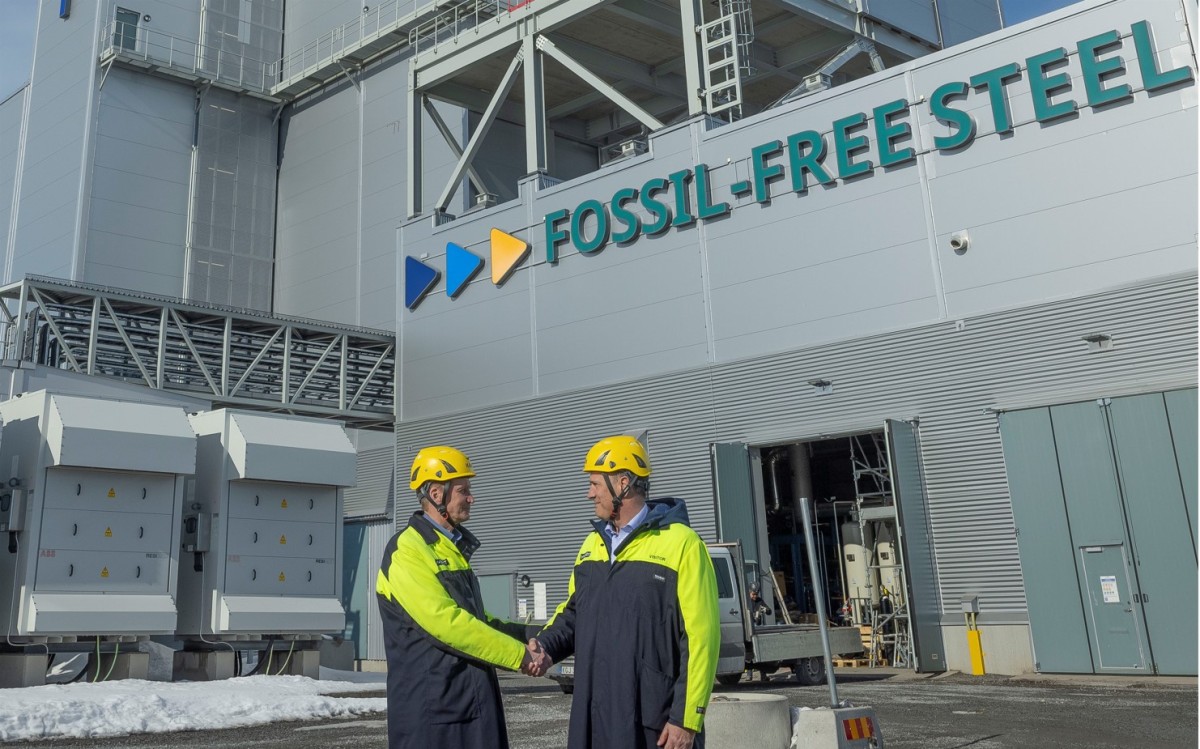
International
24/04/2024
SSAB and Manitou Group agree on fossil-free steel
Manitou Group announces the signature of a letter of intent...
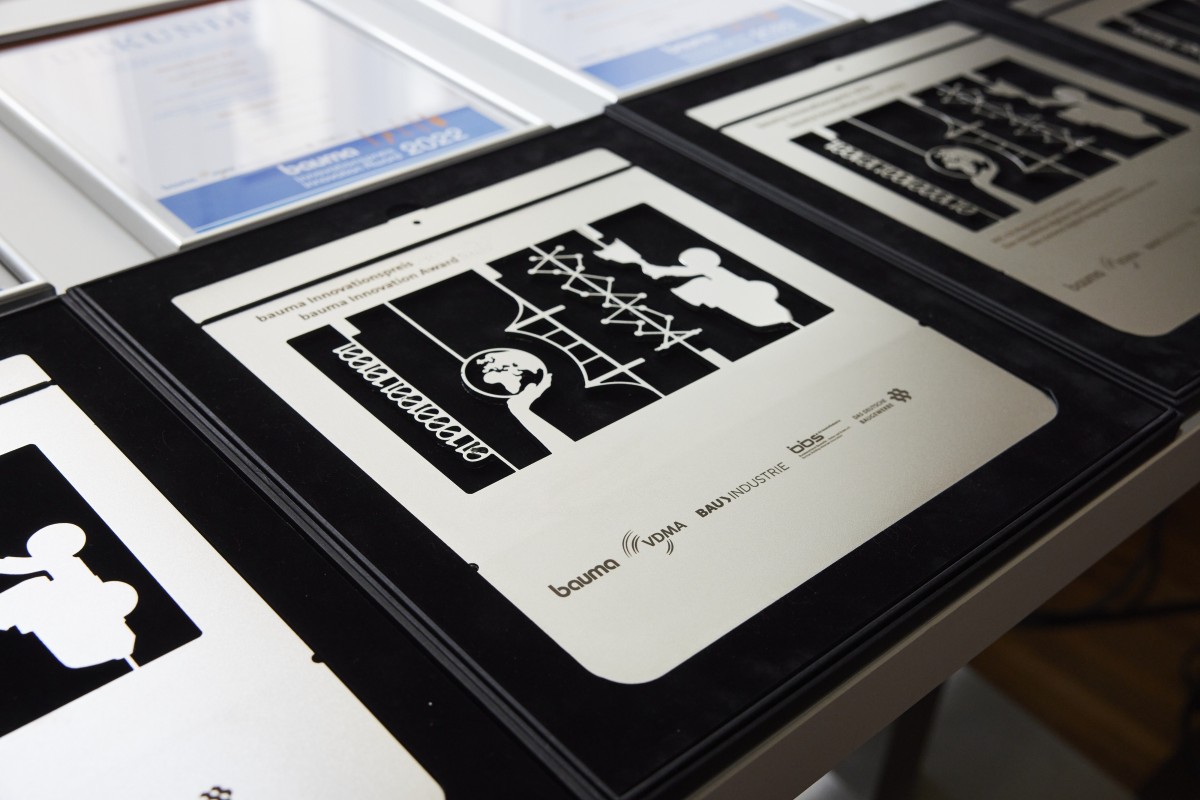
International
23/04/2024
Bauma Innovation Award: Kick-off 2 May 2024
On the occasion of bauma 2025, the leading associations of t...
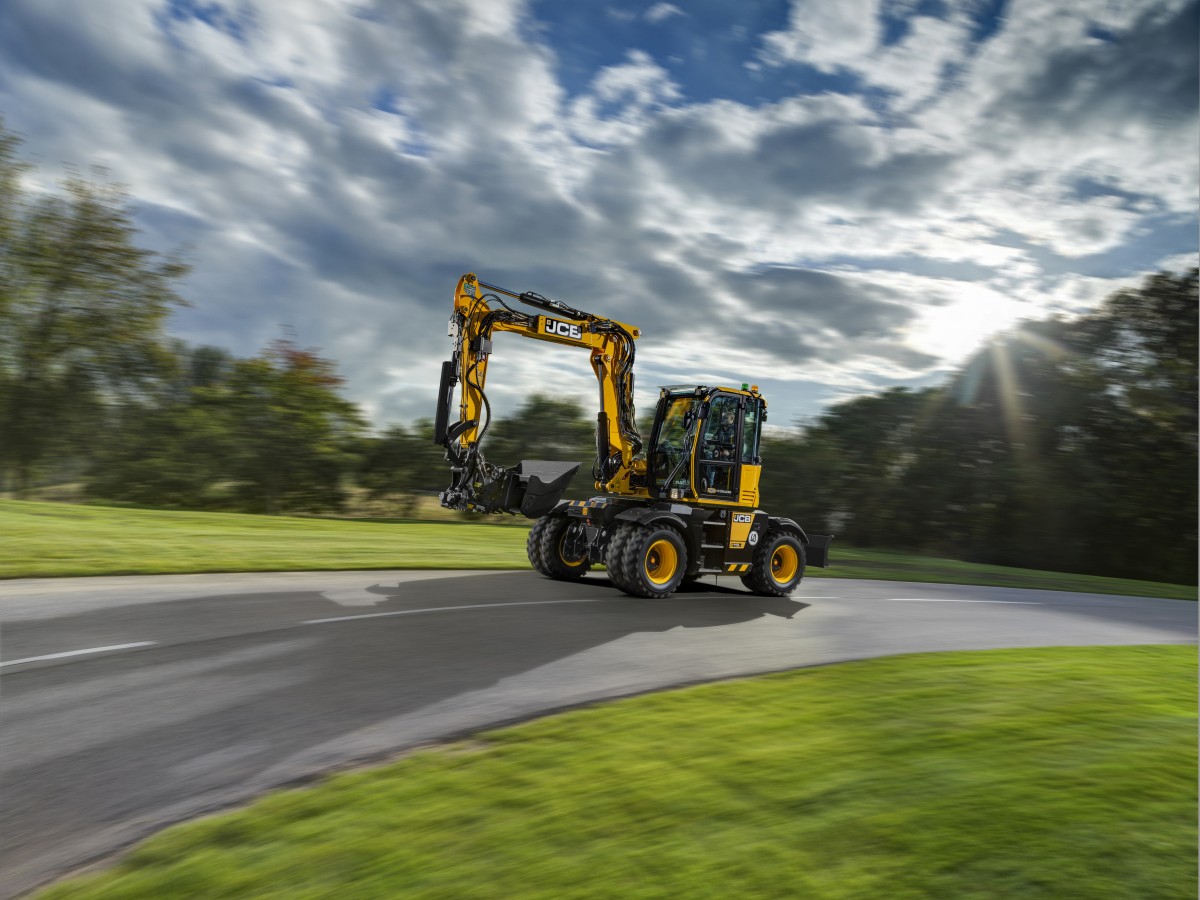
International
23/04/2024
JCB expands Hydradig line-up with Plus and Pro models
JCB is meeting the needs of customers across every industry...












